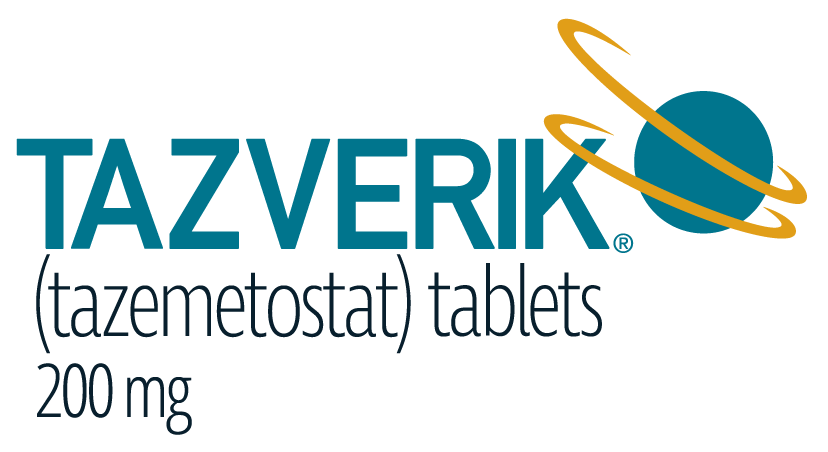
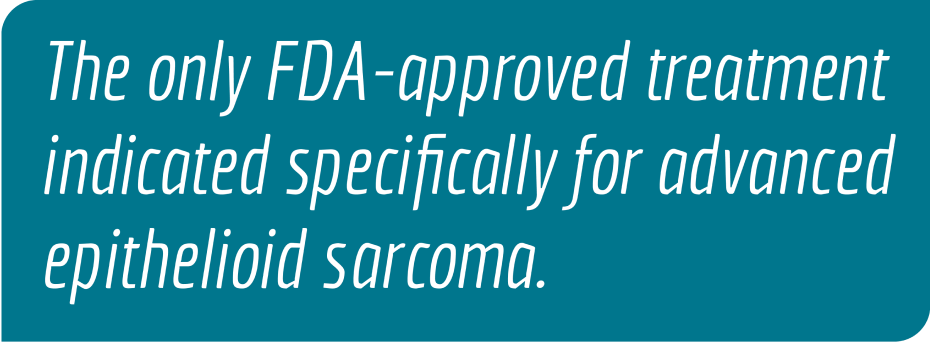
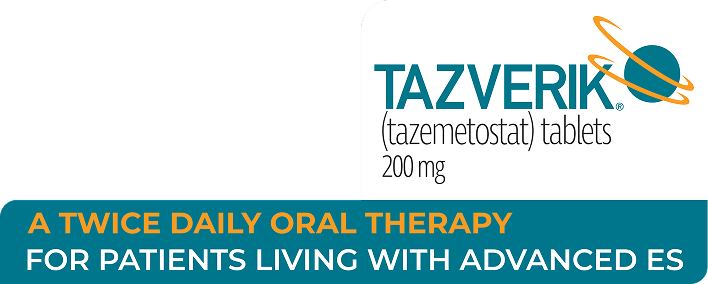
Actor portrayal
TAZVERIK® is indicated for the treatment of adults and pediatric patients aged 16 years and older with metastatic or locally advanced epithelioid sarcoma not eligible for complete resection.
This indication is approved under accelerated approval based on overall response rate and duration of response. Continued approval for this indication may be contingent upon verification and description of clinical benefit in a confirmatory trial(s).
Tazemetostat (TAZVERIK®) is included in the NCCN Clinical Practice Guidelines in Oncology (NCCN Guidelines®) for Soft Tissue Sarcomas with an NCCN category 2A recommendation as the only preferred regimen option for appropriate patients with metastatic or locally advanced epithelioid sarcoma not eligible for complete resection*

Explore the efficacy data of TAZVERIK
See the efficacy data of TAZVERIK in metastatic or locally advanced epithelioid sarcoma patients.

View the safety data of TAZVERIK
Learn more about how safety and tolerability were evaluated in the clinical trial.
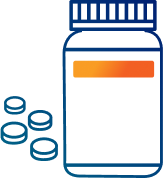
Learn about oral dosing & administration
TAZVERIK is the only FDA-approved treatment indicated specifically for advanced epithelioid sarcoma.1

Questions about TAZVERIK?
Ipsen is here to help. Request to have a representative contact you.
*Referenced with permission from the NCCN Clinical Practice Guidelines in Oncology (NCCN Guidelines®) for Soft Tissue Sarcoma V.4.2024. © National Comprehensive Cancer Network, Inc. 2024. All rights reserved. Accessed February 03, 2025. To view the most recent and complete version of the guideline, go online to NCCN.org. NCCN makes no warranties of any kind whatsoever regarding their content, use or application and disclaims any responsibility for their application or use in any way.
Reference: 1. TAZVERIK (tazemetostat) Prescribing Information. Cambridge, MA: Epizyme, Inc., August 2024.
Learn more about epithelioid sarcoma.
